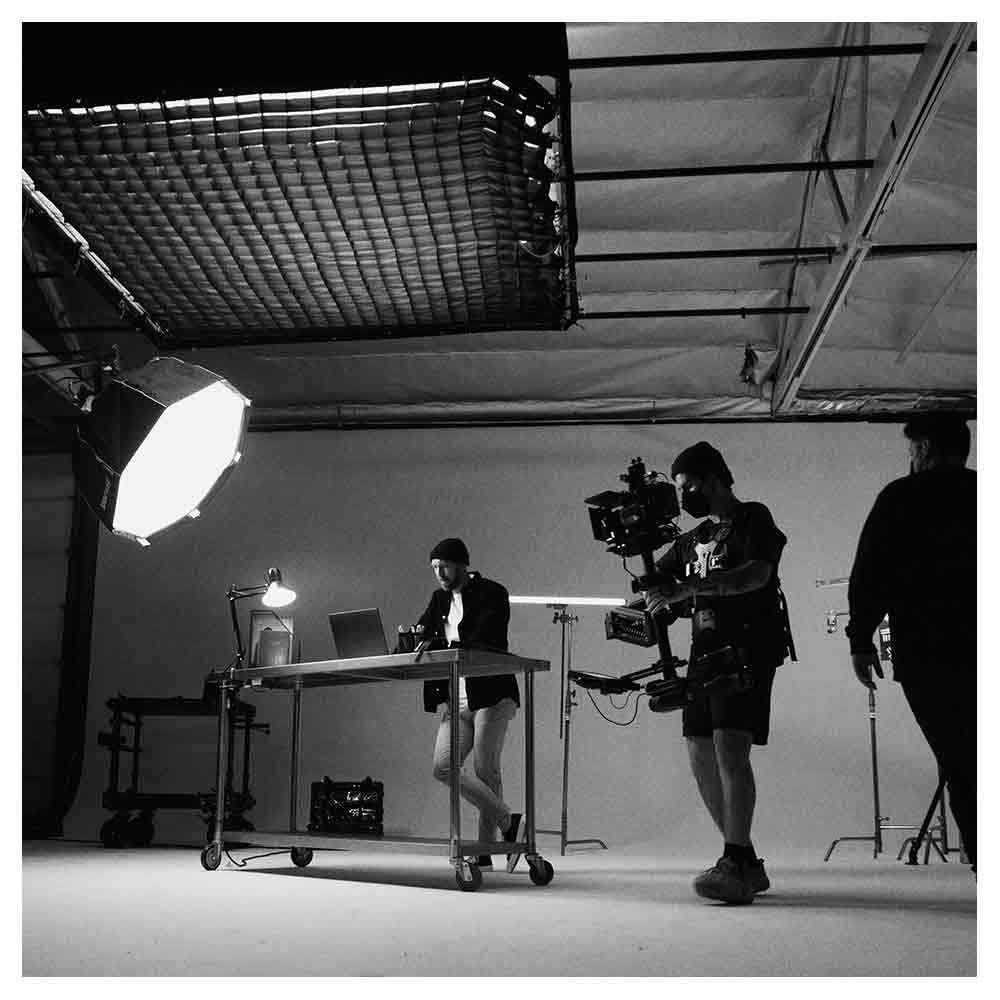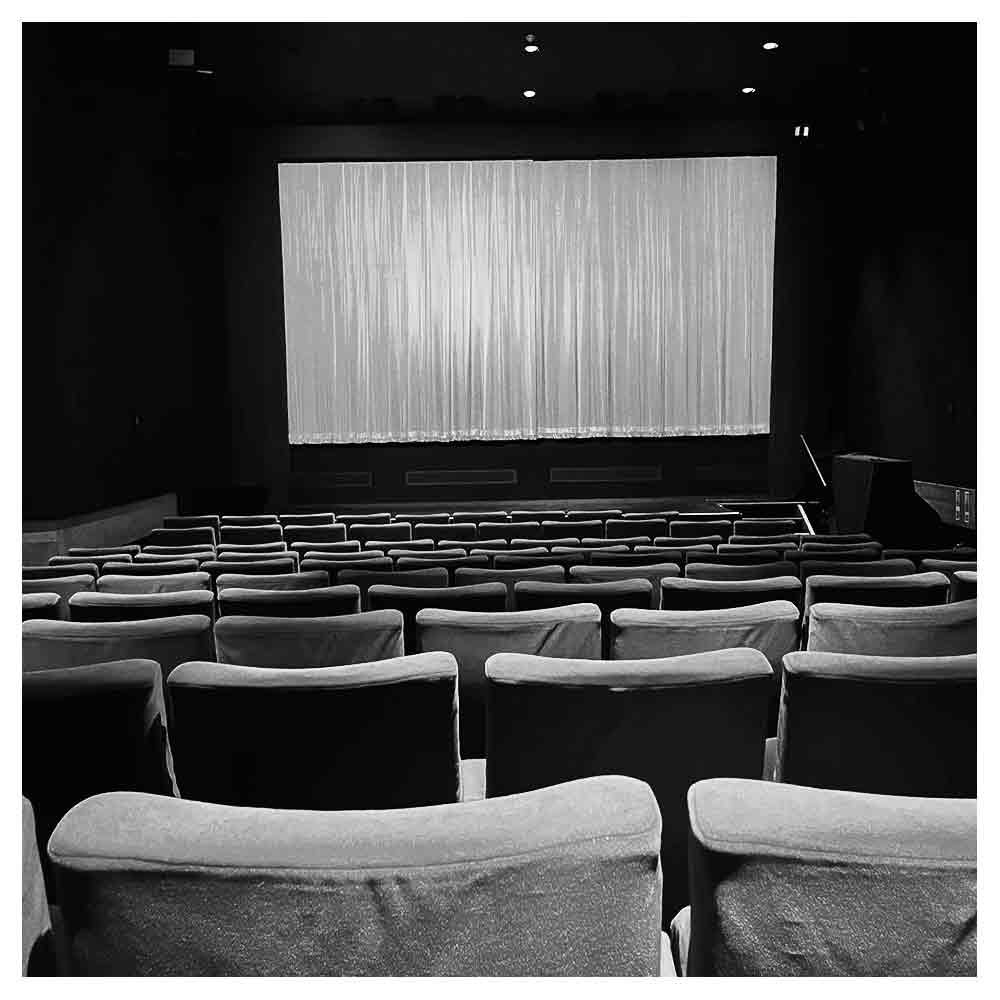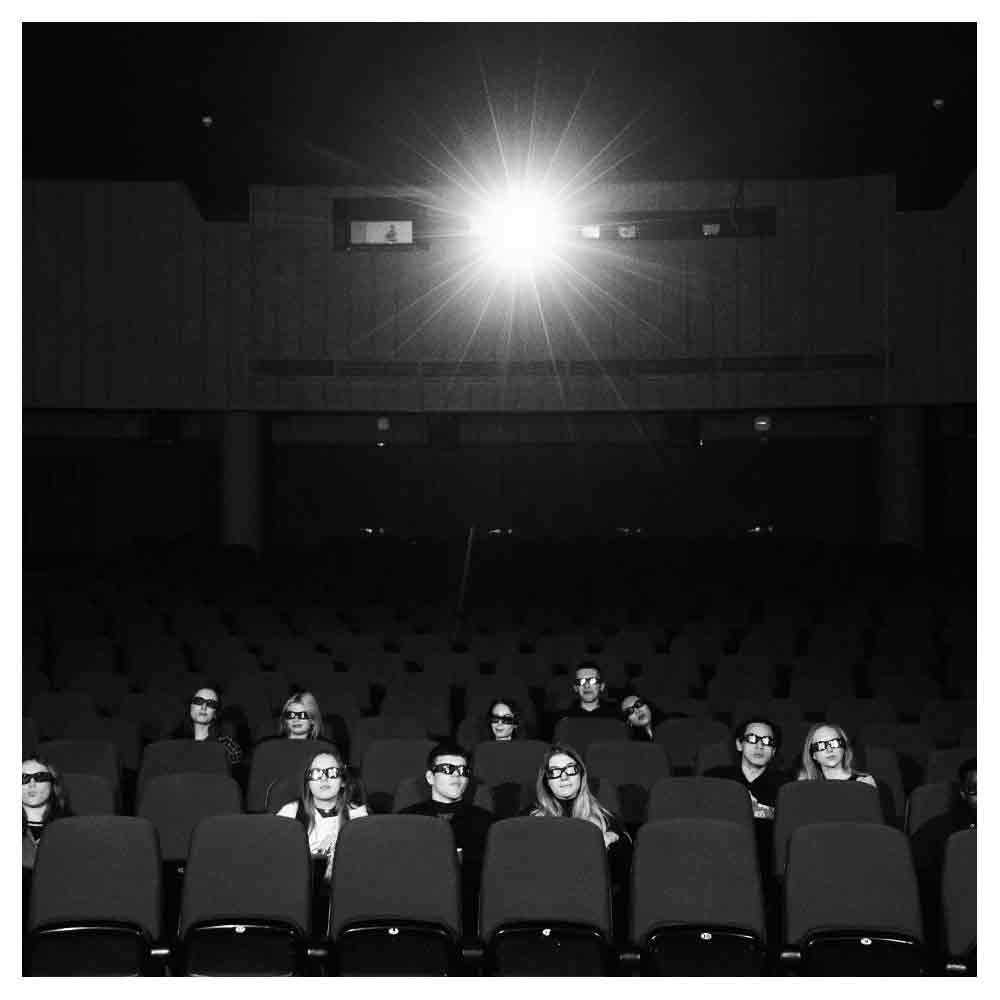The Art of Creative Problem Solving
Creative problem solving (CPS) is an essential skill, a dance between the mind's innovative streak and its analytical core. It is the interplay of creative thinking and convergent thinking, blending fresh, untapped potentials with precise, methodical application. From the avenues of a bustling coffee shop to the brainstorming rooms of innovative firms, the creative problem solving process acts as the pulsating heart driving new, groundbreaking solutions.
I. Exploring the Essence of Creativity
A. The Creative Process
The creative process is a delicate balance of divergent thinking and convergent thinking styles, allowing for the generation of multiple ideas, exploring possible solutions, and converging on the most effective solutions. In this dance of thought, creativity is the music, guiding steps towards innovative solutions, fueling the journey with great ideas and fresh perspectives.
Divergent Thinking:
Embodies openness, facilitating the birth of unusual ideas.
Encourages generating lots of options and refraining from early judgment.
Invites multiple possibilities and uncovers new ideas.
Convergent Thinking:
Functions to identify the best solution, honing in with a clear, analytical lens.
Sifts through the array of possibilities, applying logical and evaluative steps.
Focuses on problem definition and clarifying potential paths.
B. Creative Education Foundation
The Creative Education Foundation is a beacon, illuminating the pathways of the creative mind. It nurtures creative problem-solving skills, cultivating an environment where ideas bloom, and innovative strategies are formulated and implemented. It understands that language matters, emphasizing open-ended questions and fostering an ambiance of exploration and inquiry.
II. The Heartbeat of Innovation: CPS Process
A. Four Stages of CPS Model
The CPS model unfolds in four stages, each a distinct rhythm within the symphonic progression of creative problem-solving cps.
First Stage - Clarify and Identify:
Clarify explore the problem space, focus on problem statements, and gather rich information.
Open-ended questions and challenge questions guide this phase, ensuring a clear understanding of the issues at hand.
Second Stage - Ideate and Generate:
Idea generation reigns supreme, with a burst of creative ideas and generating information.
Suspend judgment, let the mind roam free, and allow multiple ideas to flow, engaging in a dynamic ideation process.
Third Stage - Develop and Formulate:
Formulate solutions, leveraging convergent thinking to refine and enhance potential solutions.
This stage requires a meticulous balance, separating divergent and convergent thinking, to develop concrete solutions.
Fourth Stage - Implement and Evaluate:
Implement formulate solutions, assessing the feasibility and appropriateness.
Regular feedback and an iterative process optimize the solution, ensuring alignment with core principles.
B. The Design Thinking Process
The design thinking process is a close kin to CPS, centered around human needs. It urges to explore ideas, immersing in the user's world to find solutions to complex problems. It’s a melody of empathy, experimentation, and iteration, coalescing to foster innovative ideas.
III. The Catalysts of Creativity
A. Coffee Shop Musings and Beyond
The ambiance of a coffee shop often acts as a catalyst, brewing creative solutions along with aromatic blends. The casual environment stimulates the mind, sparking new ideas and encouraging the generation of unusual ideas.
B. Creative Persons and their Environments
A creative person is an amalgamation of curiosity, resilience, and divergent thinking. They generate ideas, not in solitude, but through interaction, reflection, and a relentless pursuit of knowledge. Creative problem-solving skills are their arsenal, enabling them to tackle challenges with grace and ingenuity.
IV. Nurturing Creativity and Solving Problems
A. Creative Problem as a Catalyst
A creative problem is not a barrier but a propeller, pushing the boundaries of conventional thought. It urges minds to focus, to delve deep and explore potential solutions, leading to a trove of undiscovered concepts and untapped potentials.
B. Embracing the Journey of Creativity
Creativity is not a destination; it's a journey, an ongoing process of discovery, experimentation, and adaptation. It is essential to traverse this path with openness, embracing fresh perspectives, and continually seeking to find fresh perspectives.
Conclusion: Breathing Life into Solutions
In the quest for solving problems, creative problem solving is the wind beneath the wings, lifting thoughts higher, pushing the horizons farther. It is the embracing of creative thinking and the stringent analysis of convergent thinkingthat leads to groundbreaking, innovative solutions.
Creative problem solving is the key that unlocks a world brimming with possibilities, a world where problems are just stepping stones towards greater understanding and enhanced solutions. It's not just about finding the best solution; it’s about enriching the journey with continuous learning, boundless exploration, and a relentless pursuit of excellence.
So, let’s dance to the tunes of creativity, let’s embrace the unknown, let’s solve the unsolvable, and let’s continue to evolve, learn, and create. The journey of creative problem solving is a waltz of the mind, an eternal dance of discovery and innovation, where every step is a leap towards a brighter, more enlightened future.
Key Takeaways
Creative problem solving is a harmonious blend of divergent and convergent thinking, where innovative ideas meet effective, concrete solutions.
The creative process is an ongoing journey of exploration, reflection, and adaptation, driven by the relentless pursuit of knowledge and understanding.
A nurturing environment, like the one provided by the Creative Education Foundation, is crucial for honing creative problem-solving skills and fostering a culture of innovation and inquiry.
The CPS model and design thinking process are systematic approaches to navigate the seas of challenges, focusing on human-centered solutions and continuous improvement.
Embracing challenges as catalysts and fostering a culture of openness and continuous learning are pivotal in breathing life into solutions and pushing the boundaries of what's possible.
Here's to unleashing the boundless potentials of the mind, to finding joy in the journey of creativity, and to solving the myriad puzzles that life presents, one creative solution at a time!






























